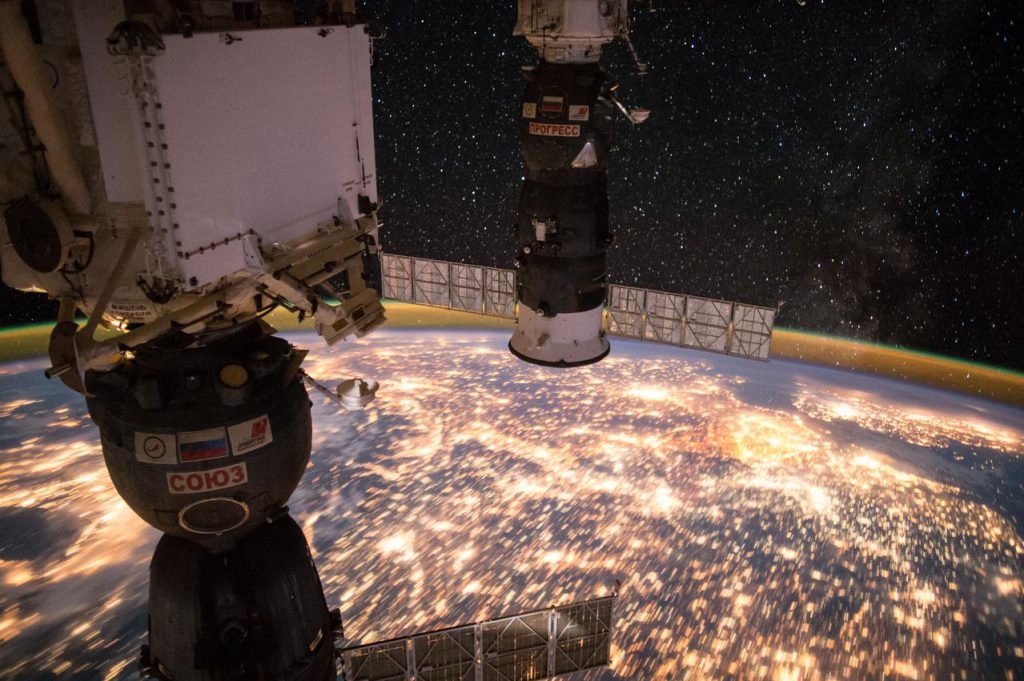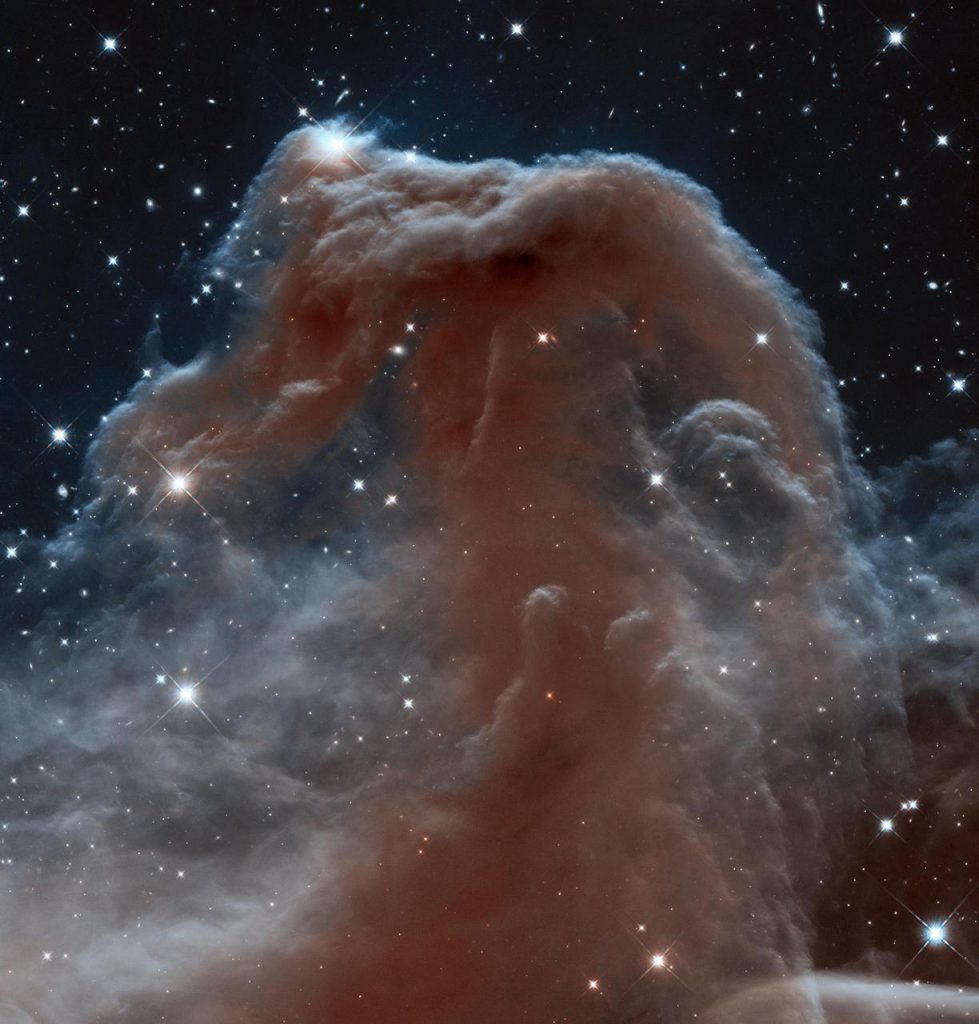Date: Thursday, June 3rd at 11AM Eastern Time (US and Canada)
Speaker: Leonid Gurvits
Title: The ESA’s Jupiter Icy Moons Explorer (JUICE) and its VLBI-based support
Abstract:JUICE – JUpiter ICy moons Explorer – is the first Large Class mission in the ESA’s Cosmic Vision programme. JUICE is due to launch in the middle of 2022. It will arrive at the Jovian system in the beginning of the next decade. It will spend at least three years characterizing the Jovian system, the planet itself, its giant magnetosphere, and the giant icy moons Ganymede, Callisto and Europa. JUICE will then orbit Ganymede for a few months. The first goal of JUICE is to explore the habitable zone around Jupiter. Ganymede is a high-priority target because it provides a unique laboratory for analyzing the nature, evolution and habitability of icy worlds, including the characteristics of subsurface oceans. On Europa, the focus will be on recently active zones. Callisto will be explored as a witness of the early Solar System. JUICE will also investigate the Jupiter system as an archetype of gas giants. The circulation, meteorology, chemistry and structure of the Jovian atmosphere will be studied from the cloud tops to the thermosphere and ionosphere.
The JUICE science suite consists of 10 onboard instruments plus a ground-based experiment, PRIDE, which stands for Planetary Radio Interferometry and Doppler Experiment. The latter exploits the signal recording and processing technology developed originally for Very Long Baseline interferometric (VLBI). The essence of PRIDE is in observing the spacecraft radio signal with a network of Earth-based radio telescopes. The PRIDE technique developed at the Joint Institute for VLBI ERIC (JIVE) together with its partners was used for several experiments with several ESA planetary science missions. PRIDE is a multidisciplinary component of the JUICE science suite. The main measured deliverables of PRIDE are lateral coordinates and radial velocity of spacecraft. Its prime deliverable will be used primarily for improvement of the Jovian system ephemerides in support to a variety of applications, ranging from gravimetry to geodynamics to fundamental physics. The technique proved to be useful in many planetary science applications demonstrated on several missions over the past decade. Examples of these applications will be presented.
Bio: Leonid Gurvits obtained an MSc in Astronomy at the Moscow State University and an MSc in Aerospace engineering from at Moscow Aviation Institute, both in 1979. He got a PhD Tutorial in Radio Astronomy at the Space Research Institute in Moscow in 1983, and a PhD in Astrophysics at the Lebedev Physical Institute (Moscow) in 1991. From 1979 through 1990 he was a researcher at the Space Research Institute of the USSR Academy of Sciences in Moscow. From 1979 he was involved in the Space VLBI project RadioAstron, from 1989 through 2003 he was its Project scientist. From 1990 through 1991 he was the Head of Laboratory of Extragalactic Radio Astronomy of the Astro Space Center of the Lebedev Physical Institute. In 1992‐1994 he became a research associate at the National Astronomy and Ionosphere Center, Arecibo Observatory, Cornell University (USA). Since 1994 he works at the Joint Institute for VLBI in Europe, Dwingeloo, The Netherlands, and is currently the Head of Space Science and Innovative Applications there. Since 2011 he is a Professor at the Department of Astrodynamics and Space Missions of the Delft University of Technology, The Netherlands. He is also a member (Academician) of the International Academy of Astronautics (since 2015). Main interests: extragalactic radio astrophysics, VLBI technology, space and planetary science.


